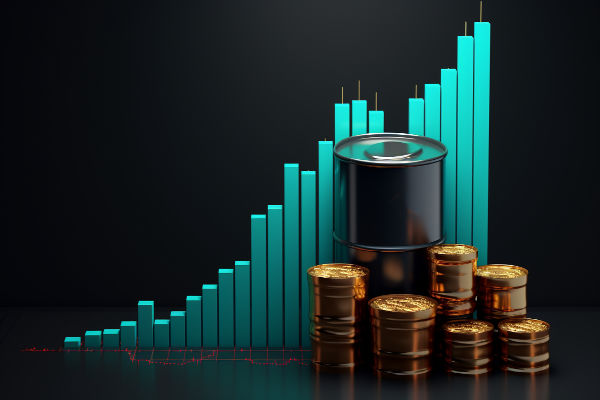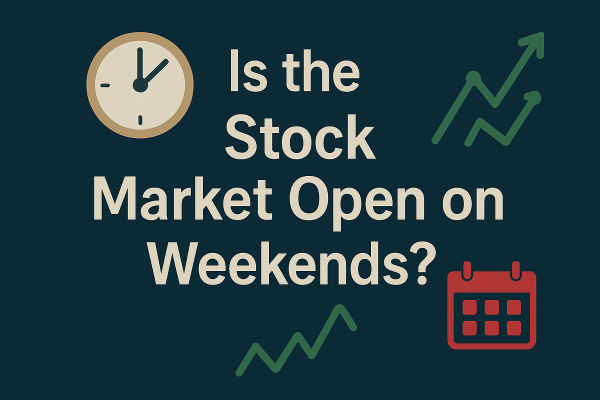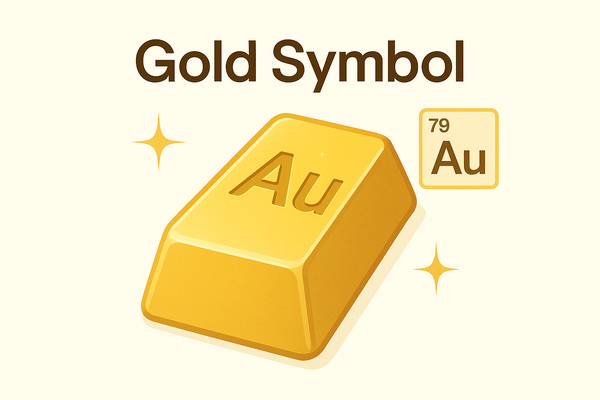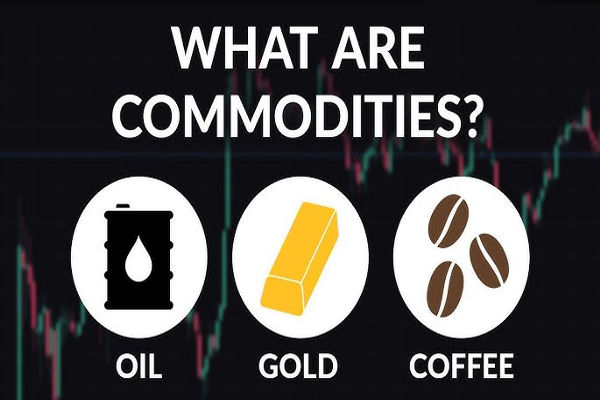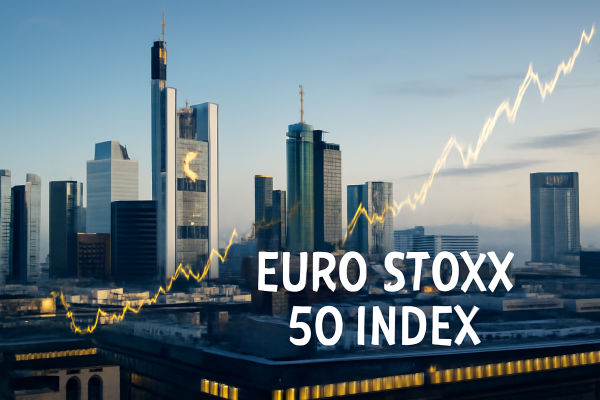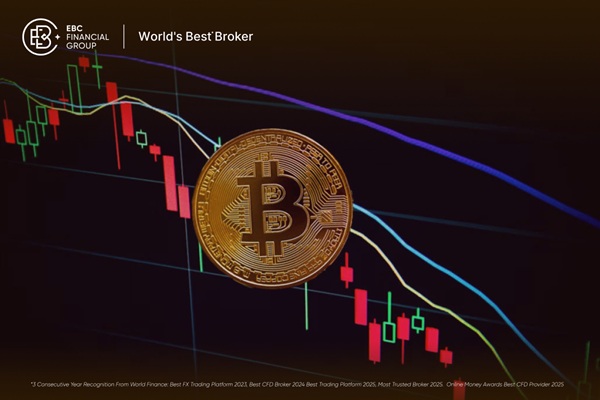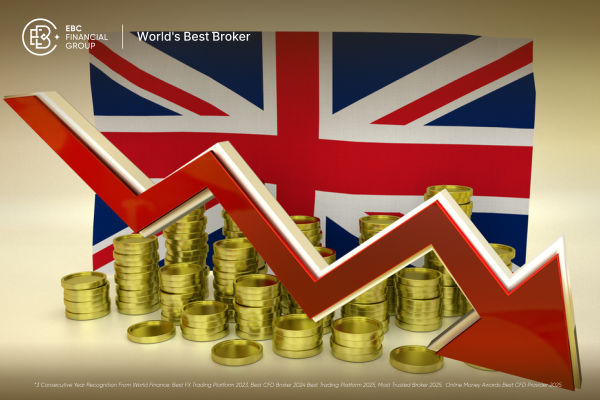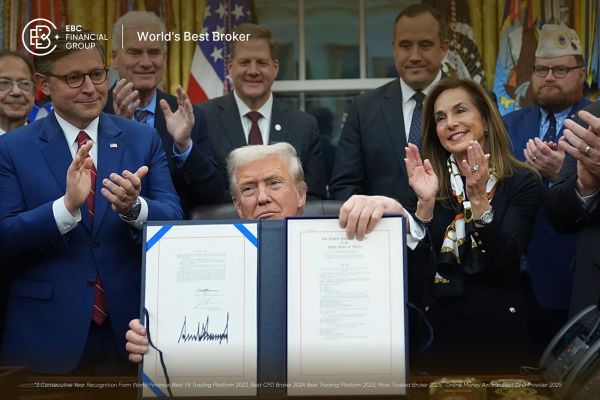The futures market doesn't sleep like regular stock exchanges. With trading sessions often stretching across the clock and across continents, understanding market hours can feel overwhelming at first. But once you get a handle on the key exchanges and how their schedules work, you'll be able to plan trades more effectively—whether you're casually learning or starting to trade actively.
CME Group (Chicago Mercantile Exchange)
CME Group is one of the largest and most influential futures exchanges in the world, and it plays a central role in global futures trading. Based in Chicago, the CME offers nearly 24-hour trading, five days a week—starting on Sunday evening and ending late Friday afternoon (U.S. time). This extended window is ideal for reacting to international market developments as they happen, rather than waiting for the traditional opening bell.
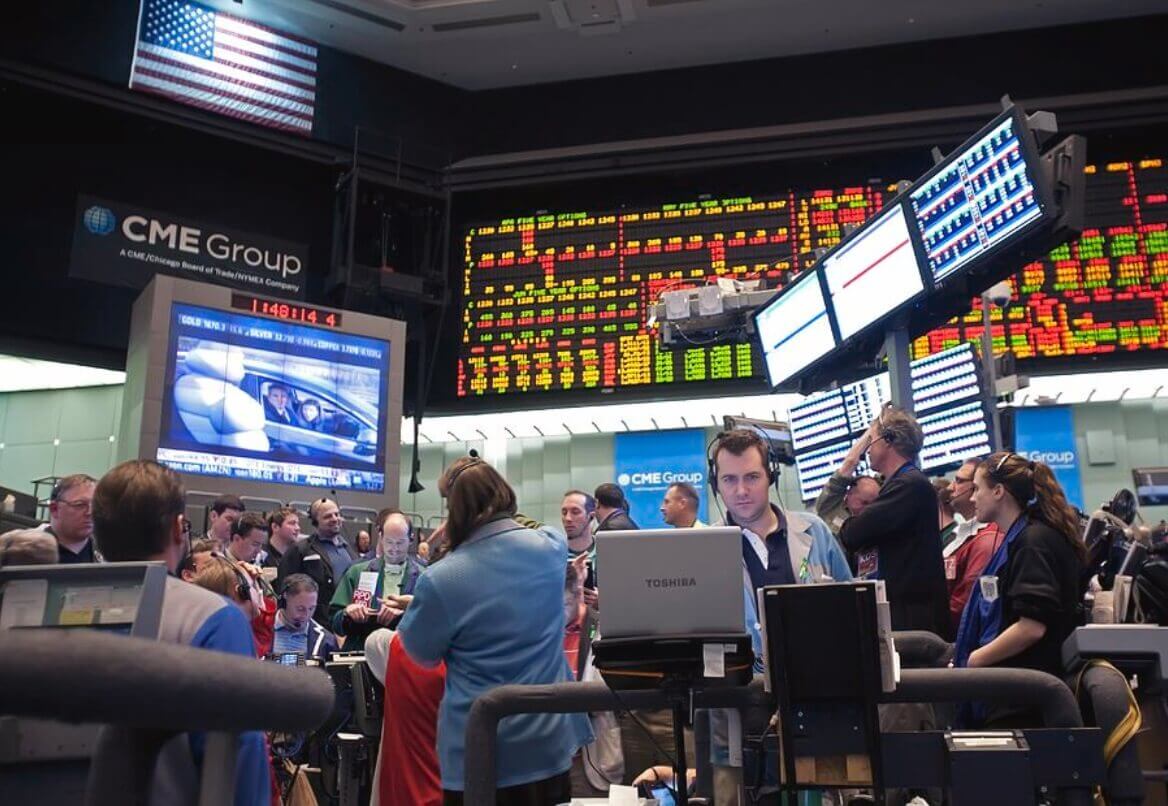 Trading typically runs from 5:00 p.m. to 4:00 p.m. Central Time, with a one-hour daily break from 4:00 p.m. to 5:00 p.m. If you're based in the UK, this means futures markets often reopen in the evening and stay active through the early hours. It's this near-continuous access that makes CME futures so popular with both professional and retail traders.
Trading typically runs from 5:00 p.m. to 4:00 p.m. Central Time, with a one-hour daily break from 4:00 p.m. to 5:00 p.m. If you're based in the UK, this means futures markets often reopen in the evening and stay active through the early hours. It's this near-continuous access that makes CME futures so popular with both professional and retail traders.
Cboe Global Markets
Cboe (pronounced "see-bo") is another major player in the derivatives space, offering a wide range of futures products. While its schedule is also extended, trading hours can vary depending on the specific instrument. For example, volatility futures such as the VIX start at 5:00 p.m. and run through to 4:00 p.m. the next day, following the same structure as the CME.
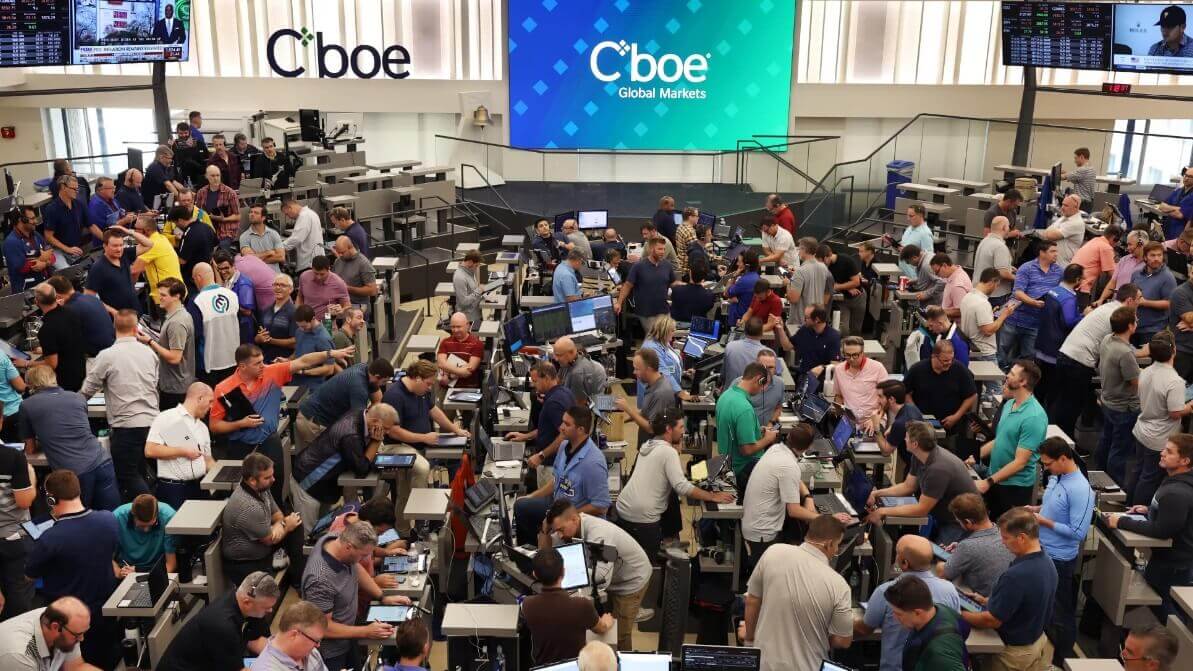 The key point to keep in mind with Cboe is that not all futures follow the same clock. Some begin earlier or later depending on their category—so it's worth checking the product-specific details if you're planning to trade something niche.
The key point to keep in mind with Cboe is that not all futures follow the same clock. Some begin earlier or later depending on their category—so it's worth checking the product-specific details if you're planning to trade something niche.
Eurex Exchange
Moving over to Europe, Eurex is one of the largest derivatives exchanges in the region, operated by Deutsche Börse. It serves traders across European time zones, with trading hours often beginning early in the morning and running into the evening. This makes it especially convenient for traders in the UK or the EU who don't want to stay up for the U.S. sessions.
While hours can vary by contract, many products on Eurex trade from around 1:00 a.m. to 10:00 p.m. UK time, giving European-based traders decent flexibility. Eurex tends to specialise in equity index and interest rate derivatives, so if you're looking to trade the EURO STOXX 50 or Bund futures, this is where you'll want to focus.
Intercontinental Exchange (ICE)
The Intercontinental Exchange—or ICE—is another heavyweight in the global futures arena. It offers trading in a wide range of commodities, particularly agricultural and energy futures. What makes ICE stand out is how its schedules cater to specific product needs and global demand.
Take agricultural contracts, for instance. U.S. corn and soybean futures now trade from 5:00 p.m. to 2:00 p.m. Central Time, Sunday through Friday. That means they're essentially open 21 hours a day. The long hours allow traders to respond quickly to weather reports, global supply shifts, or political news affecting food commodities.
The diversity of ICE's products—ranging from oil and gas to softs like sugar and cotton—means you’ll need to double-check trading hours depending on what you're interested in. But as a beginner, don't worry too much: most apps and broker platforms will display when you can and can't place trades.
Singapore Exchange (SGX)
Finally, we head to Asia. The Singapore Exchange (SGX) is growing in popularity, especially with traders interested in the Asian markets. It offers futures contracts tied to regional indices like the FTSE China A50 or the MSCI Singapore Index, and often leads the way when it comes to overnight market direction.
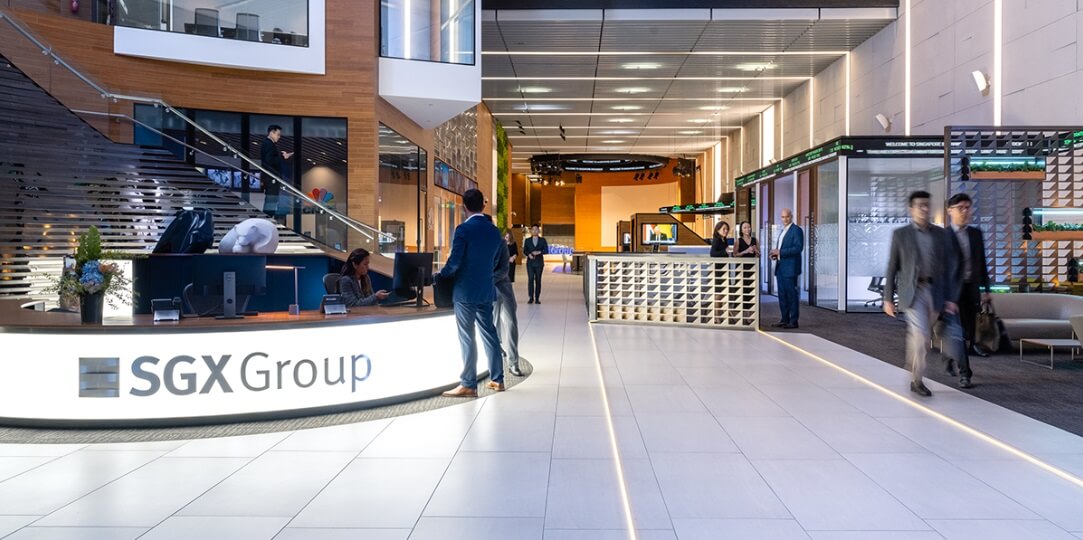
What's exciting about SGX is its commitment to longer trading hours and increased global accessibility. For example, the SGX has already made steps to run almost 24/7 for some products, like physical gold futures. While these expansions are subject to regulatory approval, the direction of travel is clear: more access, more hours, and a more connected trading day.
Final Thoughts
Understanding when futures markets open and close is about more than just timing—it's about seeing the rhythm of the global economy. Whether you're watching grain prices shift with the weather, or keeping an eye on stock index futures during earnings season, knowing the market hours across CME, Cboe, Eurex, ICE, and SGX gives you a real edge.
As a beginner, you don't need to master every detail right away. Start by focusing on the exchange and products you're most interested in. Check the time zone differences. Be mindful of those small but important maintenance breaks. And don't forget to plan your trades around your own daily schedule—it's no use staying up for an Asian market open if you've got work in the morning.
Trading is global, but your approach can stay simple. And that's where futures market hours—understood clearly—can help you find your rhythm.
Disclaimer: This material is for general information purposes only and is not intended as (and should not be considered to be) financial, investment or other advice on which reliance should be placed. No opinion given in the material constitutes a recommendation by EBC or the author that any particular investment, security, transaction or investment strategy is suitable for any specific person.



 Trading typically runs from 5:00 p.m. to 4:00 p.m. Central Time, with a one-hour daily break from 4:00 p.m. to 5:00 p.m. If you're based in the UK, this means futures markets often reopen in the evening and stay active through the early hours. It's this near-continuous access that makes CME futures so popular with both professional and retail traders.
Trading typically runs from 5:00 p.m. to 4:00 p.m. Central Time, with a one-hour daily break from 4:00 p.m. to 5:00 p.m. If you're based in the UK, this means futures markets often reopen in the evening and stay active through the early hours. It's this near-continuous access that makes CME futures so popular with both professional and retail traders. The key point to keep in mind with Cboe is that not all futures follow the same clock. Some begin earlier or later depending on their category—so it's worth checking the product-specific details if you're planning to trade something niche.
The key point to keep in mind with Cboe is that not all futures follow the same clock. Some begin earlier or later depending on their category—so it's worth checking the product-specific details if you're planning to trade something niche.



